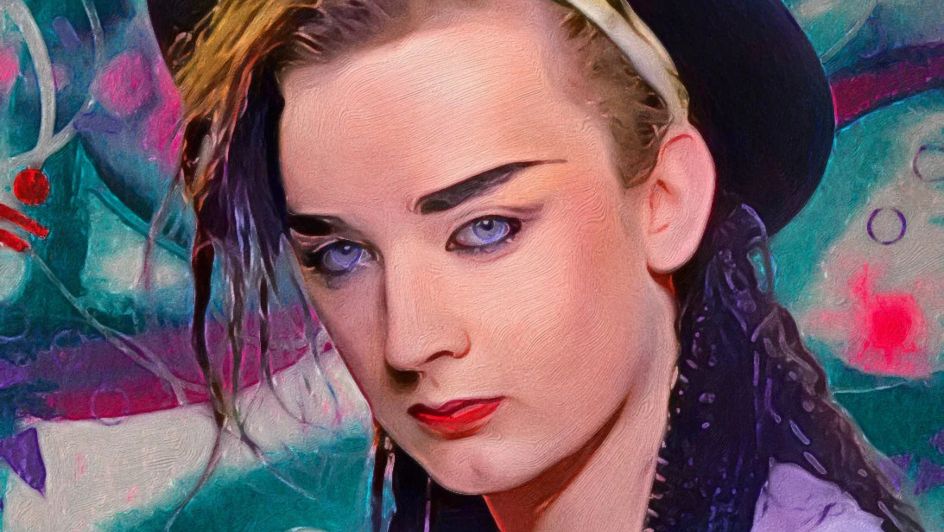#ThrowbackThursday – 29 September

“You can have anything you want in life if you dress for it.” These are the immortal words of Edith Head, an American costume designer who won multiple Academy Awards for her pioneering work in fashion, notably for her decadent and colourful designs for celebrities both on-screen and off-screen.
Your clothing can be your armour, your comfort zone, your canvas, your “second skin”, or simply just materials to cover you up against the elements. Sadly, we live in a world where society judges us by what we wear. But unless they’re paying your clothing bills, you’re entitled to wearing what makes you feel comfortable – what’s more, the more you feel better about yourself in your second skin, the happier and confident you will feel and appear to the world at large.
With these thoughts in mind, take a gander at these three events that went down in history on 29 September:
1829 – Bobby’s Bobbies
Ever wonder why British police officers are often referred to as “Bobbies”? The answer lies 193 years ago, when the first police force took to the streets.
The Metropolitan Police Force was established in London by UK Home Secretary Robert Peel, who desired to maintain law and order, and tackle crime and violence in the English capital. The first lot of policemen under Peel’s charge were initially known as “Peelers” – although they would now be commonly known as Bobbies, which derived from his first name –- and based at Scotland Yard in Westminster.
Suffice to say, being a Bobby (particularly being one of that all-male batch of 1 011, of which 895 were constables) was not easy. They worked seven days a week for a meagre £1 wage, had to be literate, tall and fit with no history of wrongdoing, and they carried on their persons a wooden truncheon, handcuffs and a rattle – the equipment doesn’t sound too bad, but one had to consider their uniforms.
Their uniforms consisted of blue tail-coats and top hats that would have done Abraham Lincoln proud. What’s more, they were required to wear this uniform not only when they were patrolling the streets, but in their off-duty hours, too.
What’s more, Bobbies were not allowed to vote in elections, not allowed to eat with civilians without permission, nor were they allowed to get married without permission!
Nowadays, Bobbies refer to British police officers of a lower rank, who – along with their superiors – have it better than their 19th-century predecessors in terms of equipment, wages, and overall ability to live like actual human beings without having to wear top hats after they clock out.
1916 – Building a Billionaire
For the first time in history, an American tycoon by the name of John D. Rockefeller became the world’s first billionaire at the age of 77.
A high school dropout and with one college business class to his name, Rockefeller established an oil refinery in 1863 near Cleveland, Ohio when he was just 24-years-old. It became one of the biggest refineries in the area.
Seven years later, Rockefeller and his associates founded Standard Oil Company Inc., which would acquire other refineries in Cleveland and in the country. Come 1882, Standard Oil was at the very forefront of the oil business in the USA, if not practically the only oil giant that ruled it at every point on the compass.
On 29 September 1916, a surge in his Standard Oil shares marked the day that Rockefeller became a billionaire – not just in the USA, but in the entire world. At this point of his life, the business magnate was also a noted philanthropist who, during his lifetime, gave away at least $500 million to countless charities, foundations and educational/medical institutions.
At the time of his death, Rockefeller was worth $1.4 billion. Today, he would be worth well over $24 billion – sounds small compared to Jeff Bizos and Elon Musk, but hey, a billion’s a billion, right?
1976 – Boy George Gets the Boot
Even as a youngster, George Allan “Boy George” O’Dowd had cultivated a dramatic, androynous and glamorous style – along with a penchant for outlandish behaviour, it seems.
As one of five siblings (four brothers, one sister), Boy George sought to create a unique image, one that would make him stand out from the typically masculine crowd. He took to experimenting with fashion and make-up, which earned him quite a few stares (and eye-rolls, probably) from his neighbours whenever he walked down the street.
This also carried over to the singer’s schooling days, where he clashed with the teachers and students over his personal style, as well as his preference for the arts over the then-male-dominated subjects of maths and science. These often led to verbal altercations with the teachers and caused his schoolwork to suffer – as a result, he was expelled on 29 September 1976 at the age of 15.
It would take Boy George six years before he would reach stardom as the lead vocalist for the pop band Culture Club, which would release hits such as “Karma Chameleon” and “Do You Really Want To Hurt Me?”
He would also become one of many glamorous faces of the New Romantic movement of the late ‘70s, and most oo the‘80s: a movement characterised by flamboyant and gender-bending clothing and make-up – no doubt Boy George fit in right at home during this time, more so than he ever did at school!
Image Credit: Source





















